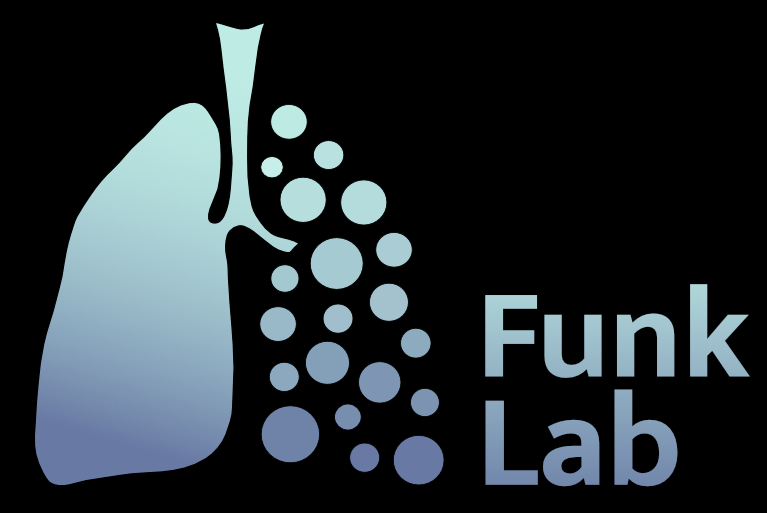Our Research
We aim to understand how ageing and environmental stress promote the development of chronic inflammatory diseases.
Ageing and environmental insults are important risk factors for chronic inflammatory diseases, including COPD (Chronic obstructive pulmonary disease) in the lung. However, how they influence and potentially facilitate each other towards disease development is not yet well understood. Resolving the mechanistic link between these processes represents a unique opportunity to develop preventive and age-specific therapeutic approaches for COPD patients.
We approach this goal from the epithelial side of the coin. We aim to uncover at the molecular level how ageing and environmental stress impact the homeostasis of the lung epithelium, its regenerative capacity and its intercellular interaction properties, to promote chronic inflammation. In the next step, we want to modify the identified mechanisms in epithelial cells and create the basis for therapeutic approaches.
Core research questions
In particular, we aim to decipher molecular pathways and mechanisms associated with the following questions:
How does ageing sensitize the lung epithelium to environmentally-induced damage?
Which environmental stressors have the potential to induce age-related phenotypes?
How do age- and environmental stress-induced changes in epithelial cells affect their interaction with immune cells?
How is the gut-lung axis affected during ageing and upon environmental stress?
Our Tools & Techniques
To achieve these research goals, we use innovative 3D lung organoid models generated from primary mouse (Fig. 1) or patient-derived tissue.
Organoid growth depends on stem cell proliferation and provides a powerful tool for assessing their regenerative capacity (Fig. 2). Moreover, our organoid models are purely epithelial, which allows us to study the interaction of the epithelium with other cell types in a controlled manner. To reconstruct the epithelial interaction interface with environmental factors (e.g., cigarette smoke, particulate matter) and the cellular microenvironment (e.g., immune cells, microbiome) ex vivo, we are further developing our organoid models by micro-injection (Fig. 3) and as co-culture systems.
To gain mechanistic insights, we perform high-throughput transcriptomic and epigenomic analyses, drug screenings, and CRISPR/Cas9-based genome engineering approaches.
